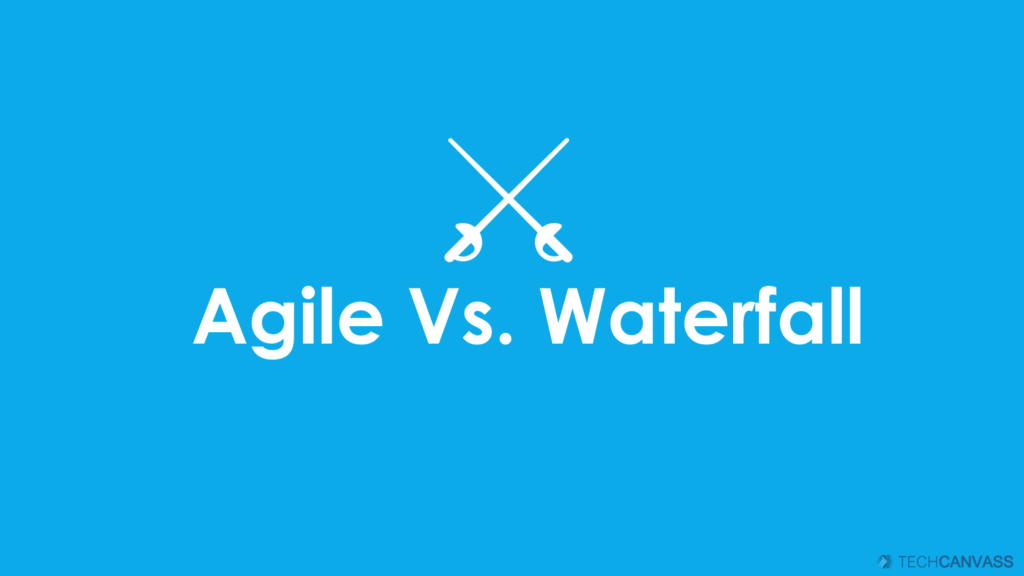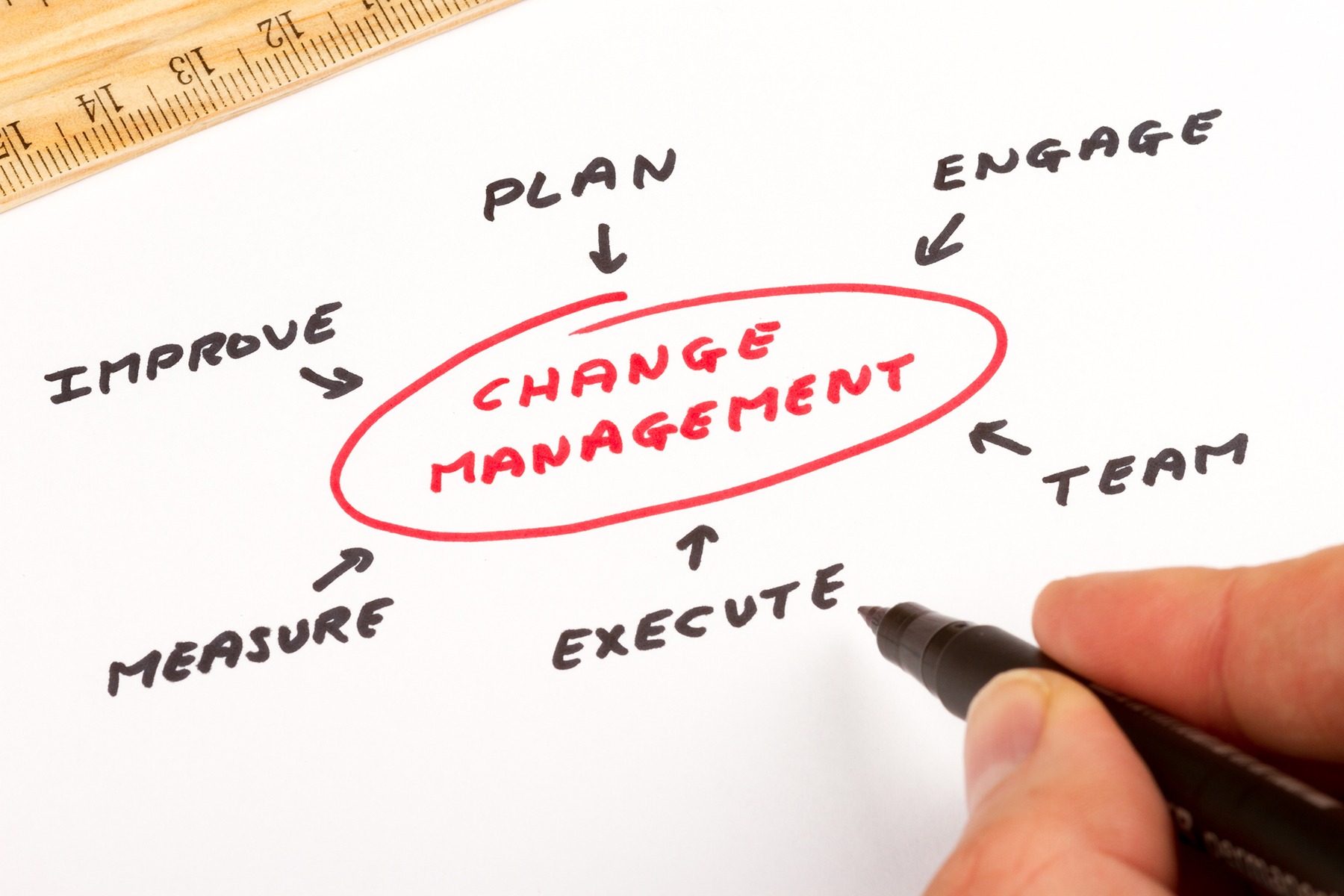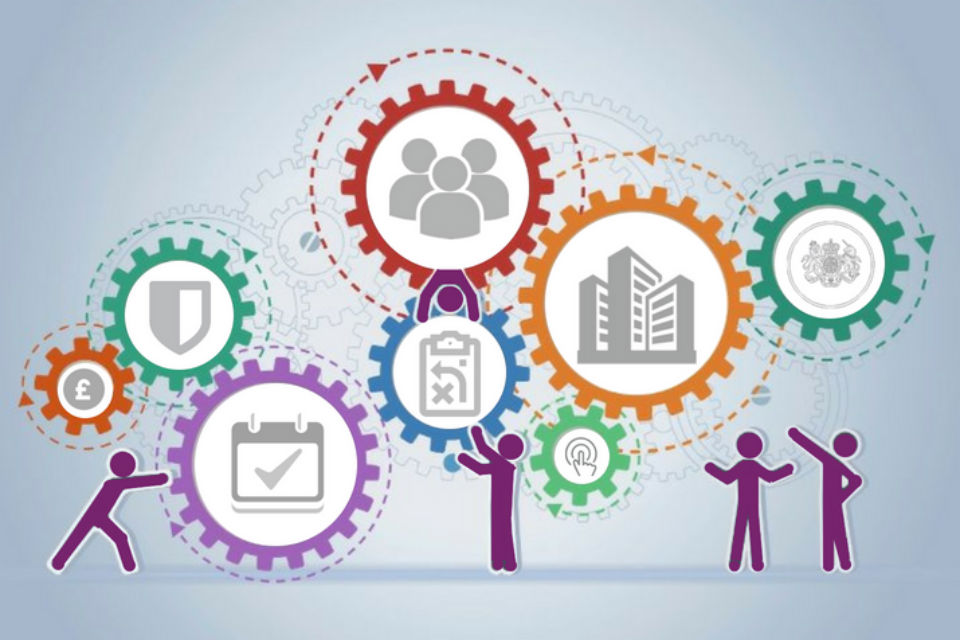Agile and Traditional Project Management Overview
The fundamental distinction between agile vs traditional project management techniques is the sequencing of project phases – requirements gathering, planning, design, development, testing, and UAT. Before introducing project management, we need to first introduce or define a project. A project is a temporary endeavor undertaken to create a unique product, result, or capability to perform a service (It is taken from PMI’s PMBOK 6th Edition).
This definition of the project leads to the next logical step of answering how to create the unique product, result, or service. The answer to this lies in the concept of project management. Taking a cue from the above, let us define project management. Project management is defined as the application of knowledge, skills, and tools & techniques to project activities to achieve project requirements. The sequencing of project phases – requirements gathering, planning, design, development, testing, and UAT – is the fundamental distinction between Agile and Traditional Project Management techniques.
There are two types of approaches that are used to manage projects: Agile and Traditional Project Management
What is Agile Project Management?

Agile project management is an adaptive method of managing projects. It takes into account the iterative and incremental approaches of developing and delivering products to the customer. The focus of agile project management is on value creation and customer-centricity. The other important aspects of agile project management are its responsive nature to the changing requirements, its progressive outlook toward software planning, and the leadership shift from command & control to servant leadership. The Agile Project Management approach is well-suited to execute uncertain and complex projects.
Projects are further broken into smaller tasks under the agile methodology, which are subject to continuous delivery and feedback to keep the customer engaged throughout the process. It is an iterative project management method that emphasizes team member flexibility, good cooperation, and frequent client input.
The Agile technique enables project teams to be more flexible while yet ensuring that the end result meets the customer’s expectations.
What is Traditional Project Management?

Traditional project management is a predictive approach to managing projects. It is also known as the waterfall approach. It follows a linear approach of product development which means that all the phases in the project life cycle follow a sequence. Because of its rigid nature of product development, the traditional project management approach is not suitable for complex and uncertain projects. The Traditional Project Management approach is well-suited for large projects where the scope is well-defined and certain.
Projects are precisely specified ahead of time in the waterfall methodology, which emphasizes formal processes and thorough documentation with minimal customer participation. It is a sequential technique in which processes are carried out in a predetermined order. The project follows a preplanned set of activities in this method, and the assumption is that the scope remains constant but the budget and project timeframe is flexible.
This strategy is better suited to instances where the scope of the project is unlikely to alter.
Agile vs Traditional Project Management: Difference Between Methodology

If you are wondering how both these methodologies are different from each other and which one of these methods would you choose for your next project, then in this article, we can rationally analyze these methodologies, based on their characteristics.
If we have selected an effective project management methodology, the two popular categories that project managers often pit each other against are the Agile and Waterfall project management. This debate is not a new one and both methodologies come with their own set of pros and cons.
| Sr.# | Characteristics | Agile Approach | Traditional Approach |
| 1 | Focus | Value | Plans and Artifacts |
| 2 | Change | Responsive | Reactive |
| 3 | Planning | Progressive | Up-Front |
| 4 | Authority | Collaborative | Command & Control |
| 5 | Delivery | Iterative / Incremental | Sequential |
| 6 | Orientation | Customer | Contract |
| 7 | Customer | Highly Involved | Lowly Involved |
| 8 | Manager | Process Facilitator | Planner |
| 9 | Teams | Self-Organizing / Cross-Functional | Silos |
| 10 | Projects (Size) | Small To Medium | Large |
| 11 | Documentation | Minimal | Comprehensive |
| 12 | Leadership | Servant | Authoritative |
For more information about agile, you can also visit our other blogs related to IIBA Agile Analysis Certification Course
Agile vs Traditional Project Management – Key Characteristics
Now let us look at differences between agile vs traditional project management based on key characteristics.
Focus
Waterfall focuses on plans and artifacts. This methodology is linear in which all the phases of the Project occur in a sequence. This approach is dependent on predictable tools and predictable experience. The complete project is planned upfront and with very little scope for changing requirements.
There are distinct stages for project planning from start in order to finish and the prerequisite is that that you must have all the requirements and information you need in the Project upfront.
Whereas in Agile, the focus is on Value. In the Agile manifesto, the very first principle is a commitment to value delivery: For instance “Our highest priority is to satisfy the customer through early and continuous delivery of valuable software.” Various agile frameworks use roles like the product owner to define value.
And the team helps in delivering it.
Change Management
Change Management in Waterfall is very reactive. It is a methodical approach where each change is evaluated for total impact and documented. And there is a need to wait for Change Control Board, to review and make a decision. This is both a bureaucratic and time-consuming process.
However, this approach is more thorough and is effective in preventing defects. Also, there is good enough documentation before the implementation of the change starts

Whereas change management in Agile is more ad-hoc in comparison. And there is no bureaucracy in getting the changes for approval. While each change is evaluated for impact there is very little documentation. And there is no Change Control Board for review. Instead, team members are involved in the change review.
In comparison with waterfall, the review is less thorough as it does not involve all the stakeholders.
Planning
The waterfall is all about essentially making a good plan and sticking to it. Here the focus is on planning upfront with requirements fully defined even before a project commences execution. Like its name suggests, processes within the Project cascades, much like a waterfall, through different project phases.
And each phase needs to be finished before the next one can begin.

Whereas Agile is more about adaptive planning, which is done progressively. so, This is methodology oriented on continuous iterations of development and testing where such tasks can run in parallel. Projects in Agile are characterized by a series of tasks that are initiated, executed, and adapted as the situation required.
Authority
For instance, In waterfall project management, PMs are responsible for distributing tasks across team members, defining the scope in extensive documentation, planning work activities with great detail, updating project status, etc. This is what usually depicts the conventional command hierarchical and hence PM is responsible for team discipline.
For instance, The Project Manager is accountable for the results and holds all the responsibility for the project. Even the most minimal change has to be approved by the manager.

So, In Agile, the focus is on self-organizing teams, transparency, and shared ownership of the work process. It also increases team collaboration. For instance, A self-disciplined team and PM play a minor role in managing the team. So, The Agile approach allows project teams to be more flexible and ensure that the final product is according to the customer’s expectations.
All Agile methods motivate teams in order to share information on a frequent basis. Hence, compartmentalization of information is minimal and the opinion of every single member considers without regard to the role they play in the organization.
Delivery
At a high level, the waterfall delivery consists of sequential processes or tasks dependent on the finishing of the previous task in order to take a project from the planning phase to delivery. Delivery in the Waterfall method works best and has the most advantages when requirements and the final state are clear at the start of planning.
Project requirements need documentation clearly beforehand and they do not change over a period of time, thus allowing the project team and stakeholders to know exactly what are the expectations in delivery. But, it becomes very hard to implement changes to the plan, because project planning occurs only once at the start of a project and rarely gets revise later.

On the other hand, Agile is an iterative approach to software development and project management which helps teams deliver value to their customers faster incrementally. Instead of depending heavily on a single final launch, an agile team delivers work in small, but consumable increments.
Requirements, plans, and results need evaluation continuously so teams have a natural mechanism for responding to change quickly. A good “definition of done” makes sure that while the road to completion may change paths and the actual deliverable may be different than originally planned for, the agile team and stakeholders know what to expect at any stage of the project delivery.
Teams
In Waterfall, teams are typically large. So, They have a rigid structure and many roles like business analysts, developers, testers, and project managers. Every team member is responsible for a certain piece of work. A Project manager in Waterfall projects is the main leader.
Since, He is the person, responsible for the results of the project. So, We usually have one team per project completing the whole thing or specialized teams completing certain chunks (developers, designers, etc.). This structure is easy to manage and set up and thus works for a traditional clear-cut project environment.

Agile teams are usually small in comparison. Hence, their team members are interchangeable. Each developer is a tester and can be an analyst at the same time. There are no formal leader roles in Agile teams because the teams are self-managing.
All issues in the projects solve through communication between the teams and team members. Agile teams may also include customers representatives. They typically take part in all team meetings and estimate when required.
Which Project Management Methodology is Right for Me?
Agile project management is the right approach In order to adopt if the project directs toward creating value for the customer. It would assist the project team in order to plan the project using the rolling wave planning approach which is a part of progressive elaboration. This approach will also prepare the project team to welcome changing requirements during the execution of projects and to become responsive to them. Agile project management dictates that the product is delivering in order to enhance the customer iteratively and incrementally; providing value in each release.
The culture of the organization plays a vital role in enabling it in order to promote agile approaches. Hence, The top management in such organizations plays the role of a servant leader and assists the teams in removing obstacles, barriers, and blockers. This kind of leadership will allow the projects in order to create cross-functional and self-organizing teams and provide the necessary environment in the organization. For instance, The teams are empowered to get the job done. Hence, The manager in an agile project management approach works as a process facilitator and creates a culture of transparency. For instance, This approach is well for VUCA types of projects. VUCA stands for Volatility, Uncertainty, Complexity, and Ambiguity.
Traditional Project Management (Waterfall Model) approach
The Traditional Project Management (Waterfall Model) approach is the right fit for the projects which are large having a wide scope, are spread over geographies, contain multiple vendors and subcontractors, have huge budgets, and last for at least 3 years. for instance, Such projects can be viable in industries like infrastructure, heavy engineering, manufacturing, telecommunication, roads & highway construction, energy & power, petrochemicals, fertilizers, etc. The project life cycle follows a sequential flow. Hence, The phases in the life cycle are executed one after the other. The culture of the organizations in which such kinds of projects in order to execute is most authoritative. The leadership style followed in such types of organizations is mostly command and control. hence, There are several reasons to accommodate such types of culture and leadership styles such as compliance to regulations, rules, laws, etc.
Therefore the best methodology is the one that best suits your projects and customers’ requirements. So, You consider attributes like the nature of your project, existing organizational processes, budget, project management resources, and the project timeline.
Conclusion
Hence, This article can be concluded with the thought that choosing the right approach depends on the nature of the projects. For instance, The best approach is agile if the projects are small & medium, and fall in the VUCA category. The best approach is traditional if the projects are large, certain, and have clarity.


